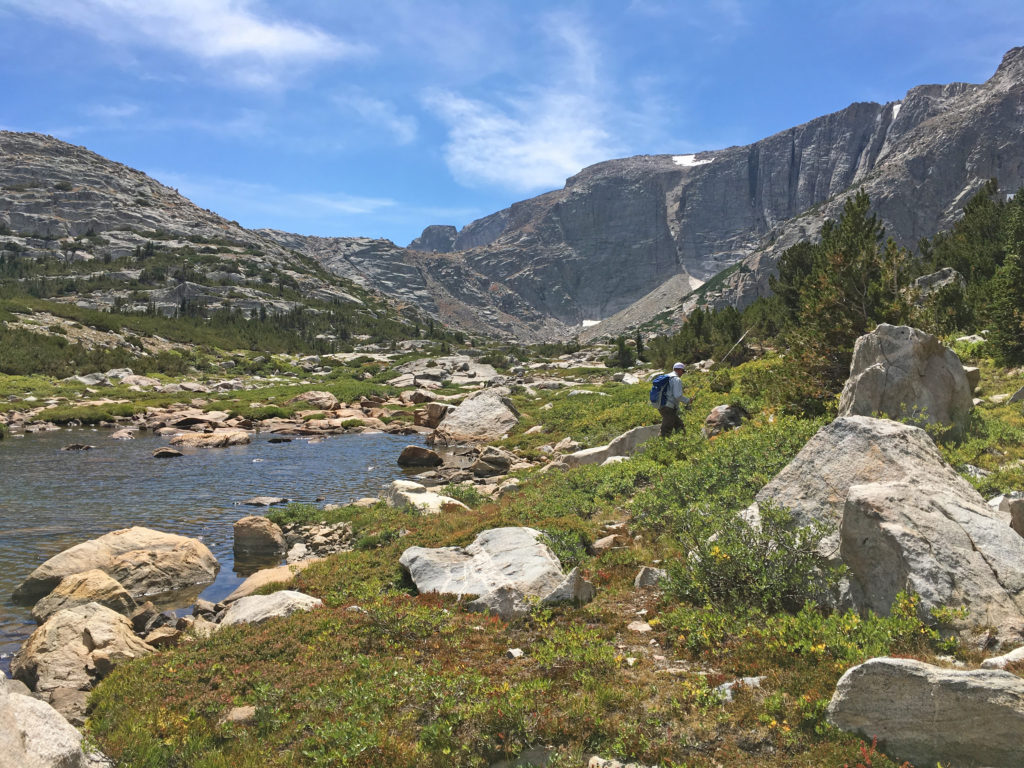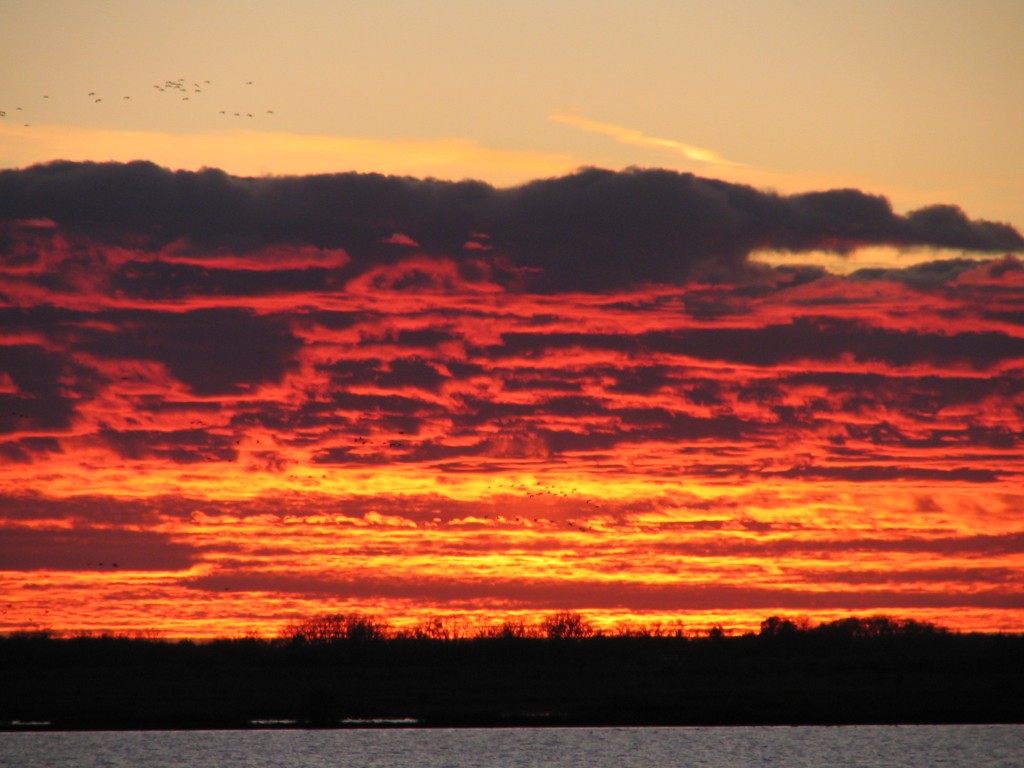“Oh, give me a home where the buffalo roam, where the deer and the antelope play; where seldom is heard a discouraging word, and the sky is not cloudy all day.” ~excerpt from Dr. Brewster Higley’s song Home on the Range (written in 1876, Smith County, KS)
My family makes our home on the prairie. We love it here. Most of our family and friends are here. Our family history is here. We have created our community here. My vocation is centered around the prairie landscape and it gives me a sense of place on the Plains.

Flower and seed heads of Indiangrass (Sorhastrum nutans), compass plant (Silphium laciniatum), and rigid goldenrod (Solidago rigida).
We also love to visit other areas of the U.S. and leave our “home on the range” at least once every summer for a week or two. Most often we go west to enjoy the Rocky Mountains in Colorado and sometimes beyond in states like Wyoming and Idaho. The mountain vistas, the cool and dry air, the rocky snow-melt streams, and the concentrated wildflower season are all attractive during the hot months of July and August on the Plains.
Recently, I was able to enjoy a remote nugget of the West through a backpacking and fly-fishing trip into the Wind River Range of the Rockies in Western Wyoming. My Denver-based brother-in-law and his friends put considerable time and effort into planning this trip that took us 10 miles into the Popo Agie Wilderness where phones are only useful as cameras. The Wind Rivers feature high, jagged peaks; deep, narrow valleys and canyons; sheer granite walls; cirque basins; talus slopes; and perennial snowfields. At 11,000-12,000 feet in elevation, we saw very few people, got snowed on repeatedly, observed trout-filled streams and lakes, and witnessed some of the darkest night skies that the United States has to offer (yes, the Milky Way does really exist). This trip was a real treat.
I could certainly love living in the West with all its Wilderness Areas, National Parks, and so many natural recreational areas certainly is a landscape to adore. But while it is easy to love what you don’t regularly experience and fall into the “grass is greener” trap, I’ll gladly embrace Kansas and all it has to offer. Here are a few things that I think are favorable traits of Kansas geography (the relationship between people and their environment):
- Only four percent of Kansas is developed. Unless you live in Kansas City, traffic rarely raises blood pressure in Kansas. Few people have to worry about illness related to air pollution.
- We have access to clean and plentiful water supplies across the state. Plus, the massive complex of wetlands at Quivira Wildlife Refuge and Cheyenne Bottoms makes Kansas a critical stop to legions of migrating birds as part of the Great Plains Flyway.
- Of the 96% undeveloped areas, 53% is in cropland and 43% is covered by prairie. Farming and grazing are economic staples which means that folks are closely connected to the land.
- Deep soils make Kansas one of the most fertile landscapes in the world (thanks to thousands of years of prairie roots). Rich earth combined with plentiful rainfall give us easy access to plentiful and healthy food supplies.
- Prairies are the skin of our earth and abundant in the Flint Hills and Smoky Hills. They are beautiful at both the landscape and micro-levels. They are biologically diverse, hosting hundreds of species of plants and animals. Prairies are very important to our human health.
- Big sky and sunsets are Kansas eye candy. The absence of trees does have its advantages.
* Data from NRCS article Conditions and Trends of Natural Resources In Kansas
I’ll leave you soaking up a bit more of Higley’s appropriate and eloquent lyrics to our state song:
“How often at night, when the heavens were bright, with the light of the twinkling stars have I stood here amazed, and asked as I gazed, if their glory exceed that of ours.
I love the wild flowers in this bright land of ours…
The air is so pure and the breezes so fine, the zephyrs so balmy and light, that I would not exchange my home here to range forever in azures so bright.”
Well said, Mr. Higley.



